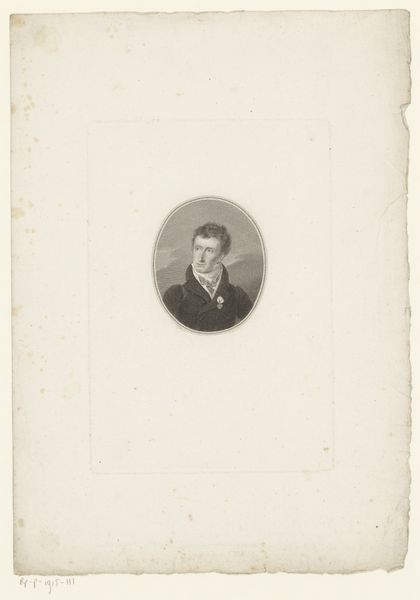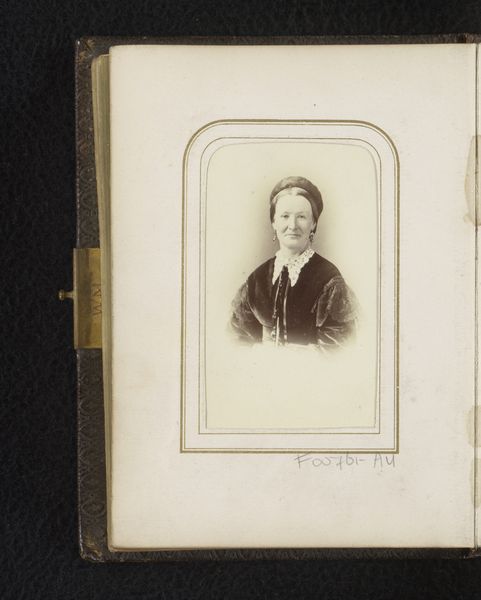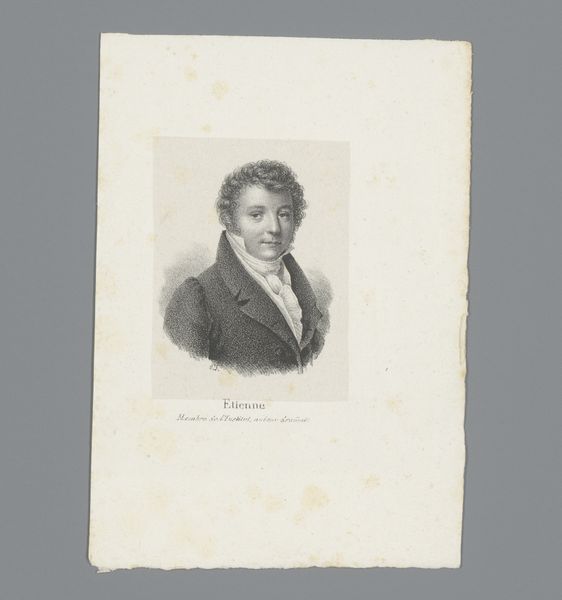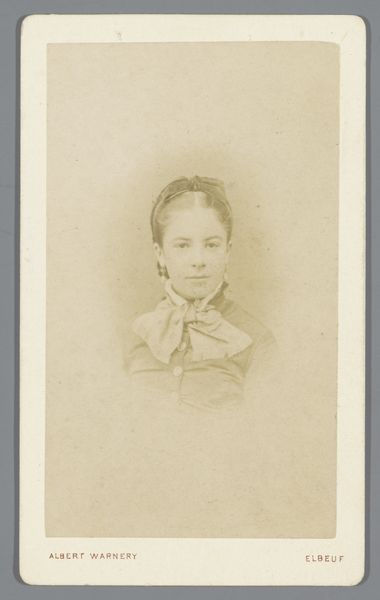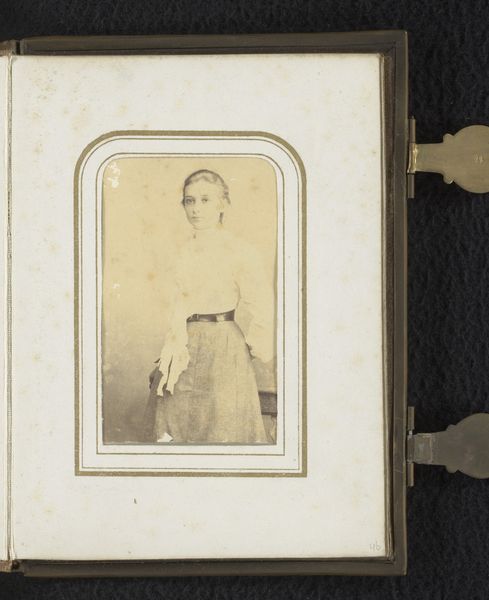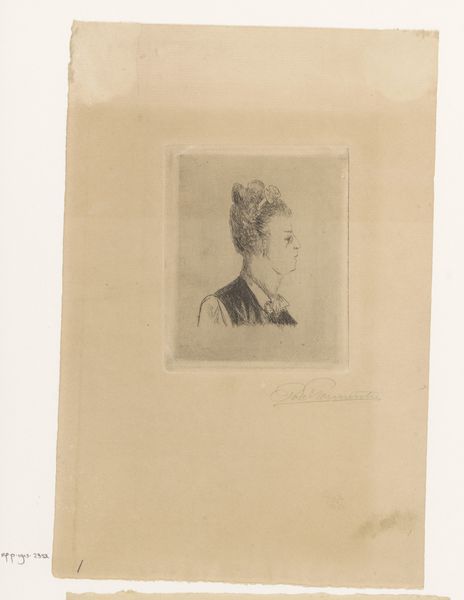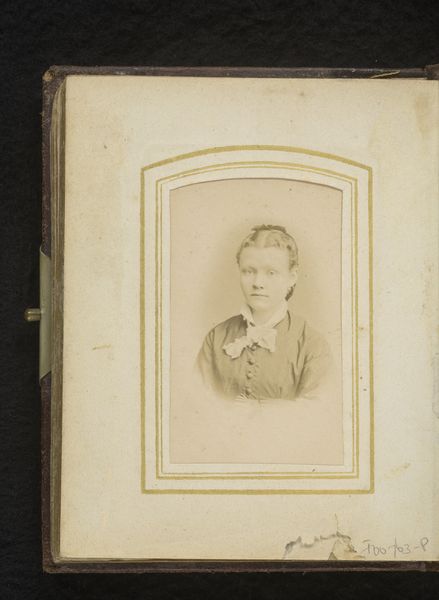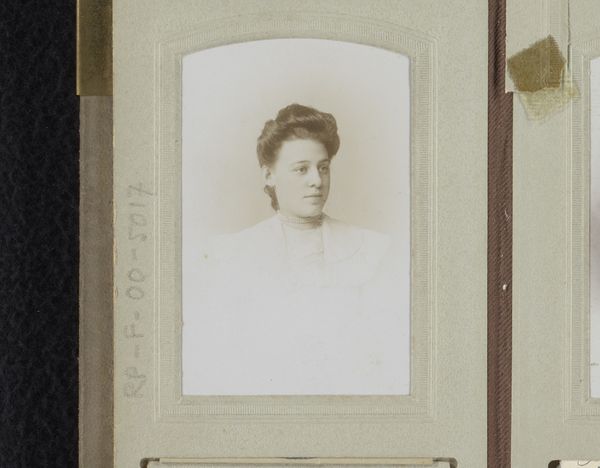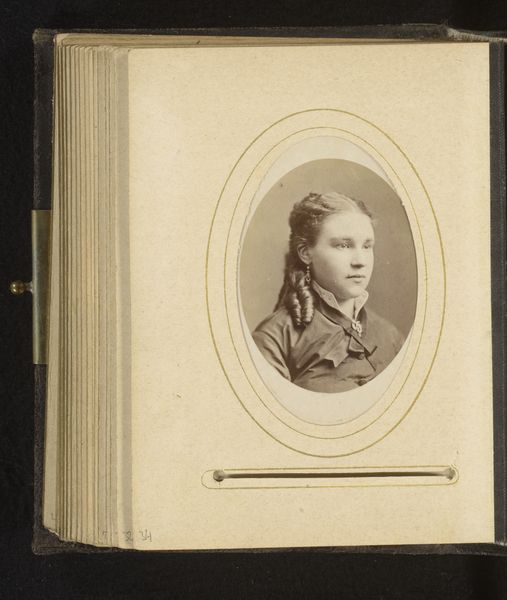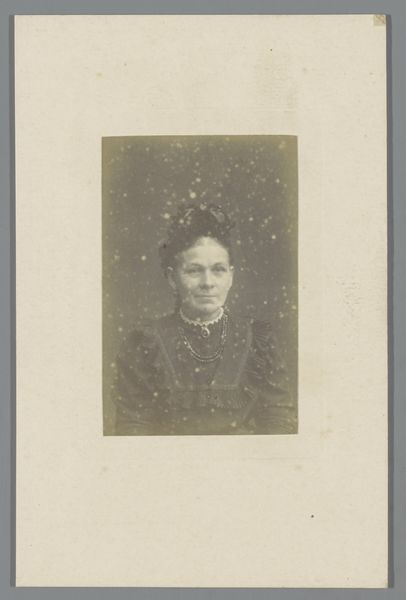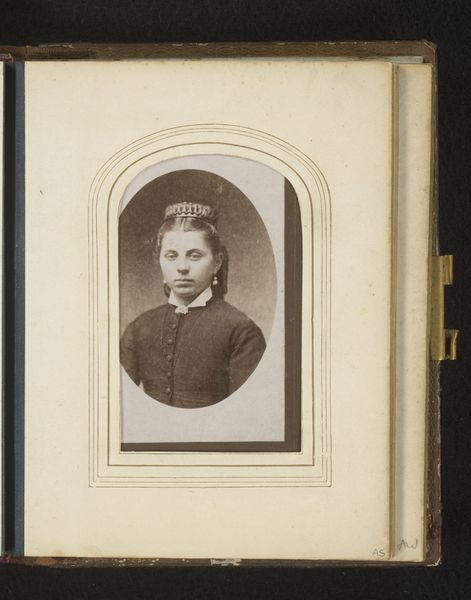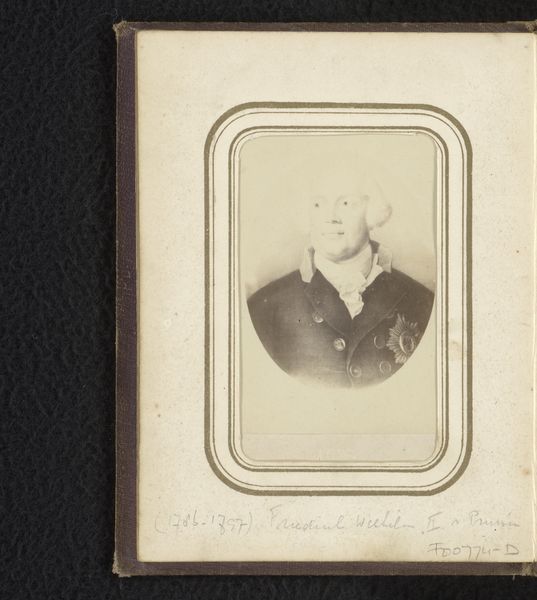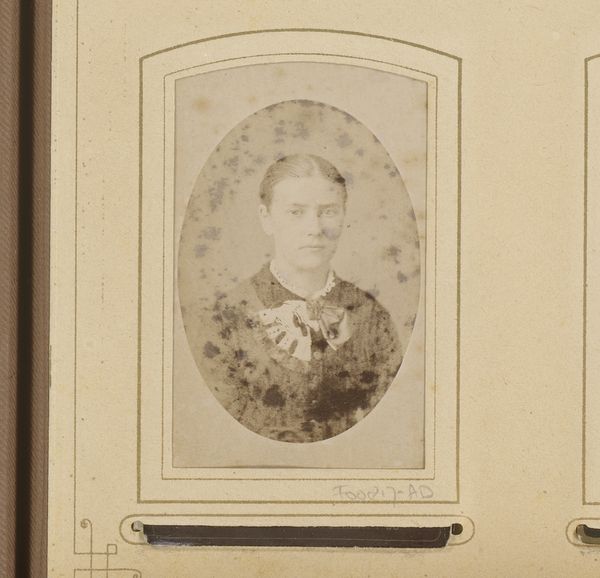
paper, engraving
#
portrait
#
neoclacissism
#
paper
#
academic-art
#
engraving
Dimensions: height 187 mm, width 119 mm
Copyright: Rijks Museum: Open Domain
Editor: Here we have a piece titled "Portret van Ernst Gotthelf Albrecht Tillich," dating from around 1800 to 1813, made by Wilhelm Arndt. It's an engraving on paper, currently held at the Rijksmuseum. It strikes me as a very formal and almost architectural portrait. What compositional elements stand out to you? Curator: Formally, the artist employs a sophisticated layering effect, observable in the rectangular framing devices that progressively enclose the central portrait. Notice the tight hatching used to define form and shadow; this technique contributes to a distinct tonal range within the monochromatic palette. How does this framing and tonal manipulation affect your reading of the work? Editor: I guess it makes him look both important but also slightly… distant? The framing is so rigid and it's echoed in his posture, too. Everything feels so controlled. Curator: Precisely. The controlled environment within the image's frame is reinforced through the parallel lines in the bordering "bricks" of the framing and the restrained gesture of the figure. It is tempting to delve deeper into semiotic considerations here—how does this specific arrangement influence the sign? Editor: Semiotic considerations…so, how does this portrait communicate beyond just showing what someone looked like? Curator: Consider the encoding. The severe geometric composition combined with the formal pose can function as signs that signify respectability and status during that historical period. However, one may also scrutinize whether the structural elements create visual tension by their insistent containment, complicating what might seem, at first glance, straightforward. Editor: I see. So, the rigid structure isn't just decorative; it actively contributes to the message of the portrait. It's more complex than just a picture. Thanks for pointing all of this out! Curator: Indeed. Careful attention to form allows for greater appreciation. This piece truly invites a reading far beyond surface-level likeness, wouldn’t you agree?
Comments
No comments
Be the first to comment and join the conversation on the ultimate creative platform.

